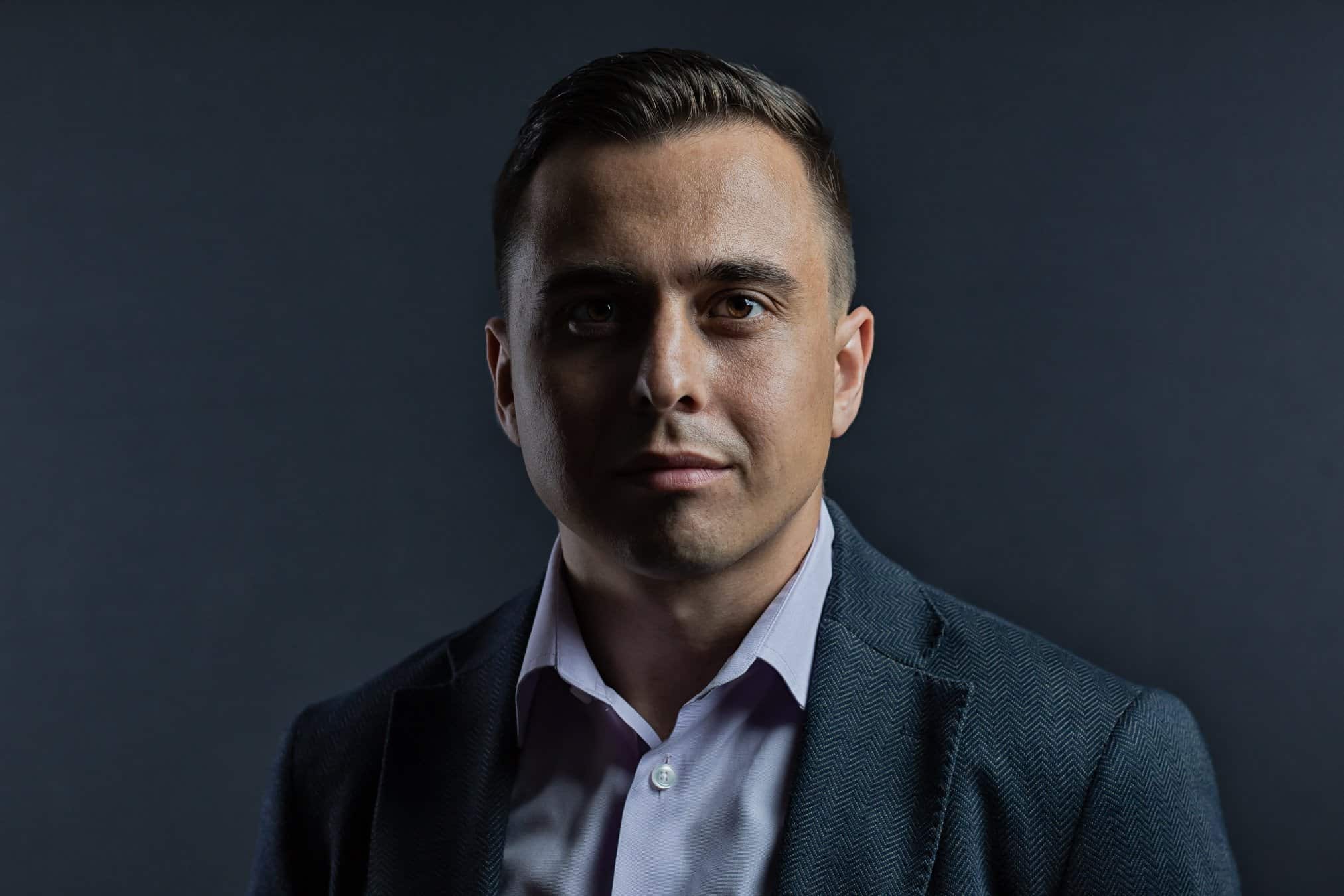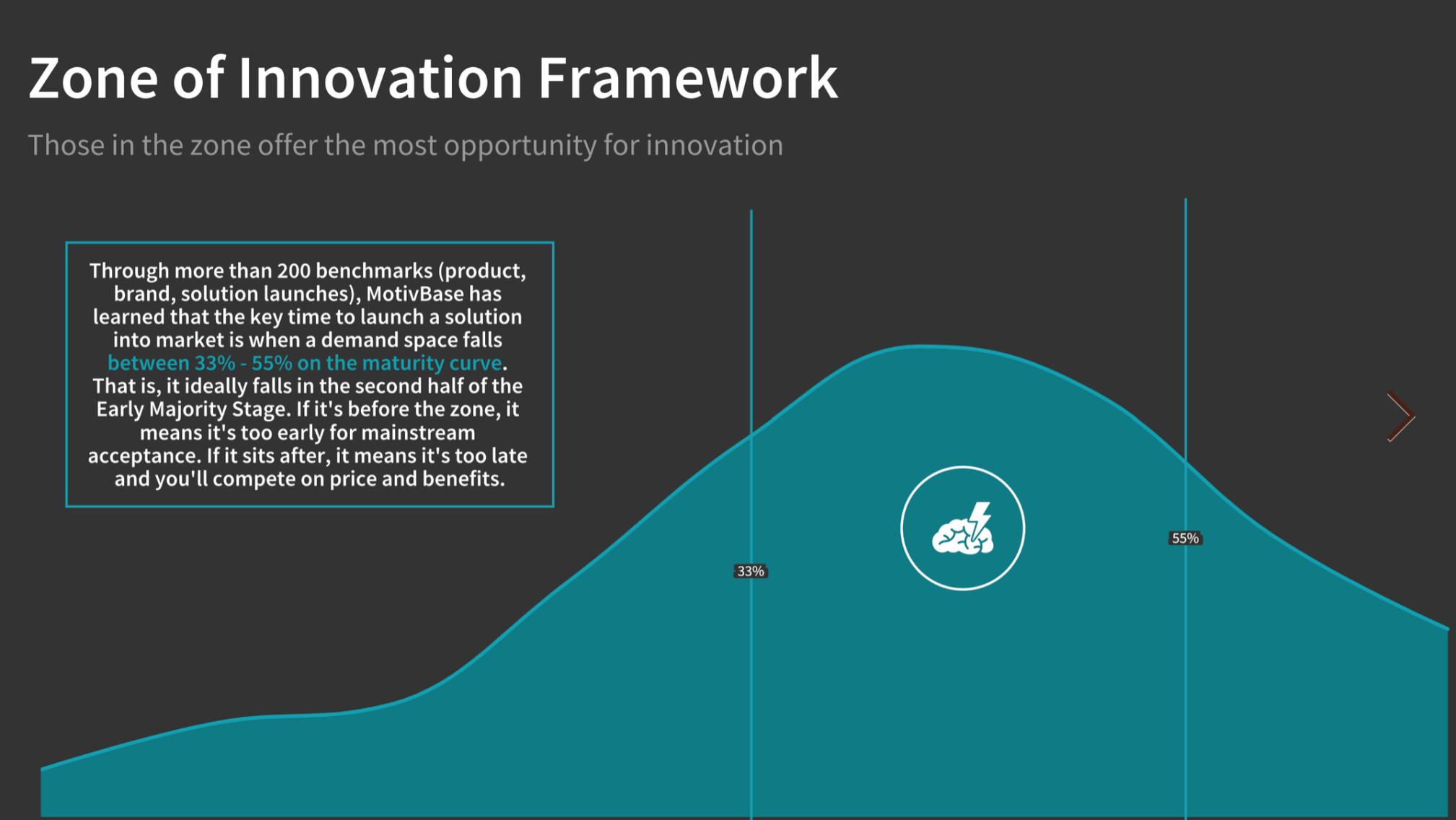
[Read part 2 of this series here.]
In hun artikel uit 2019 in Harvard Business Review schetsen Darko Lovric en Greig Schneider zes soorten Chief Innovation Officers (CINO) en geven ze aan dat de rol relatief nieuw is en nog in de kinderschoenen staat.
Als gevolg daarvan variëren zowel de verantwoordelijkheden als de aanpak van de rol op basis van de zakelijke uitdagingen die de organisatie wil oplossen. Wat betekent dit voor een VP of directeur die werkzaam is op het gebied van innovatie en R&D? Vooral als ze de taak hebben om de CINO te informeren en voor te lichten over culturele kansen en bedreigingen voor het bedrijf?
This is the third in a series of six posts, where we build off the HBR article referenced above. We will look at the six main types of Chief Innovation Officers identified by Lovric and Schneider but also, outline the different ways an AI anthropological approach can complement your CINO’s unique personality and skill set.
Chief Innovation Officer #3:

The Investor
Lovric and Schneider identify the Investor as the rarest type of Chief Innovation Officer. Because the Investor sees innovation as a very specific task, with a very specific goal.
That goal? Monumental growth.
The HBR article describes the Investor as someone who believes that “…successful innovation involves carefully allocating resources in order to optimize selective opportunities.”
In other words, plan smart, execute fast and identify the big winners.
This group tends to be analytical, data focused, and very competent when it comes to budgeting and finance. The Investor is most comfortable in fast-moving environments where innovation can be inspired by multiple muses — like customers, your competitors, or even by looking to the start-up community. This CINO pushes the team to explore new markets, build better business models and adopt new technologies. This approach makes them a clear fit for CPG (Consumer Packaged Goods) companies.
Lovric and Schneider go on to say that “To be at their best, investors should partner with a technical expert who can help them assess the feasibility and future potential of ideas, not just their current performance.”
The Investor wants results. So they may get distracted by opportunities that offer short-term results and match the organization’s current capabilities.
How an AI anthropological approach and its predictive modelling helps CINO’s identify and prioritize the best bet.
The Investor prides themselves on “making sense of a mass of complex and conflicting information and betting on the right horse”.
But what if the research that was informing innovation didn’t have to be complex? What if instead of getting conflicting inputs from consumer verbatims, you instead took a more purely observational approach to understand the unspoken motivations and needs of the broader consumer set?
Better yet, what if the model could actually help you prove to your CINO that you had a clear prioritization of the most relevant opportunities and consumer needs and you had a prediction on when these needs would hit the mainstream?
This is what advancements in AI Anthropology have made possible.
When dealing with an “Investor”, you are dealing with someone who wants help identifying the biggest, and most impactful opportunities. And if Blue Ocean Strategy taught us anything, the biggest opportunities are solutions with uncontested market space. Fish where the fish are. But never where there are other fishermen.
But this is difficult, especially if you are a large Fortune 1000 company. Because almost every single one of our clients has a story about bringing a solution to market too soon.
Startups can afford to dabble in niche innovations and solutions that will take five to seven years to be adopted by the mainstream. But large institutions, and the Investors who are likely in the CINO role want big, substantial returns on their innovation efforts. Meaning you need the right solution, but you also need to launch it at the right time.
This is why we developed the ZONE OF INNOVATION.
Benchmarking the best time to invest in innovation.
MotivBase leverages research technology that works with big data. While we have a number of tools in our tool box, the primary tool for innovation teams is MotivBase Trends.
Our clients leverage our team of PhD Social Scientists to study any and every culture being shaped by consumers and quantify the maturity of the culture (or trend or idea) and the size of the prize (how many consumers consider it relevant to their lives).

In essence, we are studying and measuring how consistently or inconsistently something is understood by the consumer. The visual we use for this maturity calculation is the Diffusion of Innovation Curve, which most of us are very familiar with.
But while the theory of the diffusion of innovation works really well conceptually, we found that for practical applications it needed a more precise framework of measurement. Especially if it were to help our clients in answering a really important yet often difficult question.
When is the right time to act?
That is why we created the Zone of Innovation. Through more than 200 benchmarking experiments, we determined that the key time to launch a solution into the market is when a trend falls between 33% – 55% on the maturity curve. That is, it ideally falls in the second half of the Early Majority Stage.
Waarom?
Most of us are led to believe that the mark of a real innovative trend is when it sits in the early adopter stage on the maturity curve. It’s not wrong. It just lacks the critical context of the underlying goal of the project. If the goal is to launch a new startup or brand new product that you’re willing to give 5+ years to, then the early adopter stage is the place to be.
But if you are working with a CINO who is an Investor, the goal is to identify ideas that will have mainstream appeal in a reasonable time frame (12-48 months is the window most of our clients operate in), then you need to look at demand spaces and opportunities that fall in the ZOI within that timeframe.
Wat betekent dit voor jou?
Simply put, it provides you with a way of helping your Chief Innovation Officer better understand if an opportunity you are considering is too early, timely, or just too late. It gives you an agile and concise way to look at your innovation pipeline and identify what is currently best suited for success and likely to gain mainstream acceptance.
This is how our CPG clients leverage us.
They ask us to help them understand the culture of solutions they are considering (like the future of plant based food, or the future of skin care). Our team identifies the most dominant demand spaces, and sizes them to find the ones that are not only growing, but that, in their future state, will enter the ZOI.
This is then often presented to the CINO to help prioritize budget and project as it identifies the trends that are primed to be important to a substantial population of consumers, but at the right stage of maturity to allow room for innovation.
We identify big opportunities where you can still enjoy true first-mover-advantage.
But perhaps even more importantly, when you are dealing with a CINO who is an Investor, you know that they have a tendency to be overly focused on numbers and dismissive of big concepts that may take a long time to execute. This framework delivers the size of the opportunity, the growth trajectory and a prioritization that expedites the innovation process. And best of all, delivers it with the scale (of data) that will make an Investor happy.
This is music to this Chief Innovation Officer’s ears.
Conclusie:
Last month, our CEO, Ujwal Arkalgud was asked to present to a group of food executives about the future of research. They asked him what was the most important thing to think about when it came to understanding how culture can shape a category.
Here’s what he said:
“Everything has meaning. A french fry. A new skin cream. The car you drive. And the meaning is being shaped and cemented by the consumers that choose to buy or reject your products. Yet, when we want to better understand what is happening, and what will happen, too often we take a generic approach to studying people, instead of taking a focused approach to decode the meanings that is truly driving the adoption of new products and ideas. The companies that understand this, will be the companies that will thrive.”
The Investor wants to thrive. They want the big win. They just need help to understand the danger of short term opportunities that can be easily disrupted. And they need guidance on when an opportunity is going to be relevant enough to deliver the ROI that large companies want when investing in innovation.
NEXT UP:
Chief Innovation Officer # 4:
The Advocate

